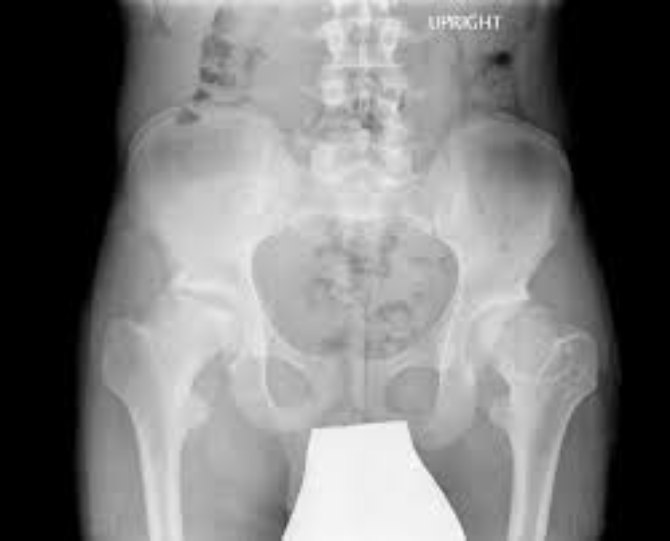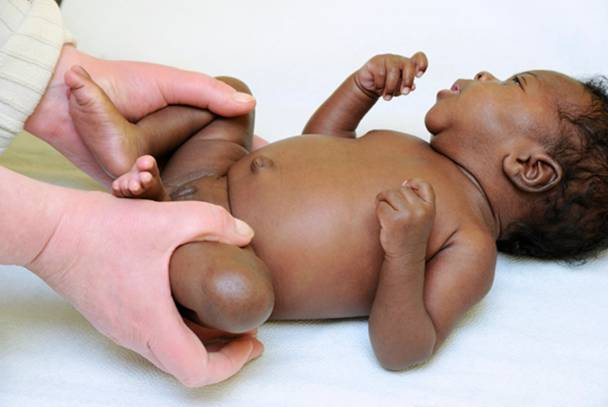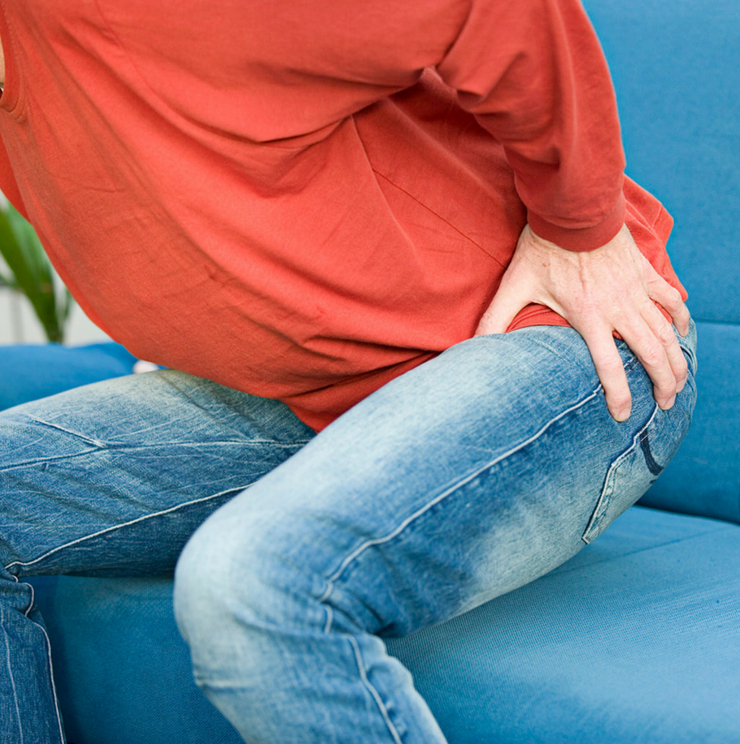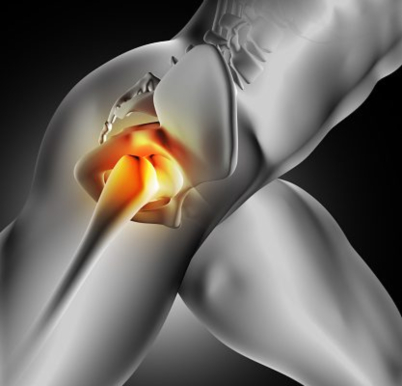Do you require any assistance? Simply reserve your appointment online below
Perthes Disease
Treatment for every child
Perthes disease also known as Legg-Calve-Perthes, is a condition that affects growing children, most commonly boys between the ages of 4 and 8 years old, in which there is a decrease in the circulation of blood to the head of the femur. In 10% to 15% of all cases, both hips are affected.
Without an adequate blood supply, the bone cells die, a process called avascular necrosis.
Orthopedic specialists at NSOC in Kenya are experienced in diagnosing and treating children with Legg-Calvé-Perthes disease, also called Perthes disease.
They comprehensively assess your child’s condition and symptoms before recommending treatments that are designed to reduce inflammation and pain and prevent further damage to the hip joint as your child grows.

Stages of Perthes disease

Below are some of the stages of Perthes disease
Initial / necrosis. In this stage of the disease, the blood supply to the femoral head is disrupted and bone cells die. The area becomes intensely inflamed and irritated and your child may begin to show signs of the disease, such as a limp or different way of walking
Fragmentation. Over a period of 1 to 2 years, the body removes the dead bone and replaces it with an initial, softer bone. During this phase the bone is in a weaker state and the head of the femur is more likely to break apart and collapse.
Reossification. New, stronger bone develops and begins to take shape in the head of the femur. This disease and can last a few years.
Healed. In this stage, the bone regrowth is complete and the femoral head has reached its final shape.
Diagnosing Perthes disease
Your doctor will conduct thorough physical examination on the child to assess your child’s range of motion in the hip.
Regular check up and X-rays will show the condition of the bone in the femoral head and help your doctor determine the stage of the disease.
An MRI may also be obtained in order to assess the amount of the femoral head involved.

Treatment of Perthes disease

Orthopedic surgeon in Kenya at NSOC focus on identifying relieving painful symptoms, restoring normal hip movement and treating perthes disease, before the ball of the hip joint, or femoral head, becomes misshapen.
Nonsurgical treatments offered at NSOC in Nairobi are often highly effective in helping a young child’s hip joint to heal properly. When started early, these treatments can also help to prevent long-term complications, such as arthritis.
Conservative treatment involves the use of non-steroidal anti-inflammatory drugs (NSAIDs) in conjunction with a reduction in running or jumping
Hip stiffness is common in children with Perthes disease, therefore physical therapy exercises are recommended to help restore hip joint range of motion and preserve the shape of the head of the femur.
If the range of motion becomes limited or if x-rays or other image scans indicate that a deformity is developing, a cast or brace may be used to keep the head of the femur in its normal position within the acetabulum.

You are in Great Hands
Surgical Treatment
Treatment for every child

Surgery for perthes disease, is usually reserved for older children whose symptoms are less likely to be managed effectively by physical therapy or a cast.Depending on your child’s symptoms, orthopedic surgeons at NSOC in Kenya can help you to choose the most appropriate surgical procedure.
The most common surgical procedure for treating Perthes disease is an osteotomy. In this type of procedure, the bone is cut and repositioned to keep the femoral head within the acetabulum. This alignment is kept in place with screws and plates, which will be removed after the healed stage of the disease.
Your doctor may recommend surgery to re-establish the proper alignment of the bones of the hip and to keep the head of the femur deep within the acetabulum until healing is complete.
After the procedure, the child is usually placed in a cast for 6 to 8 weeks to protect the alignment.To help children regain mobility after surgery, our doctors at NSOC may recommend the use of assistive devices, such as crutches.
Children being treated for and recovering from perthes disease, can find many support services at NSOC in Kenya including physical therapy, which can help your child to regain range of motion in the hip during recovery.

